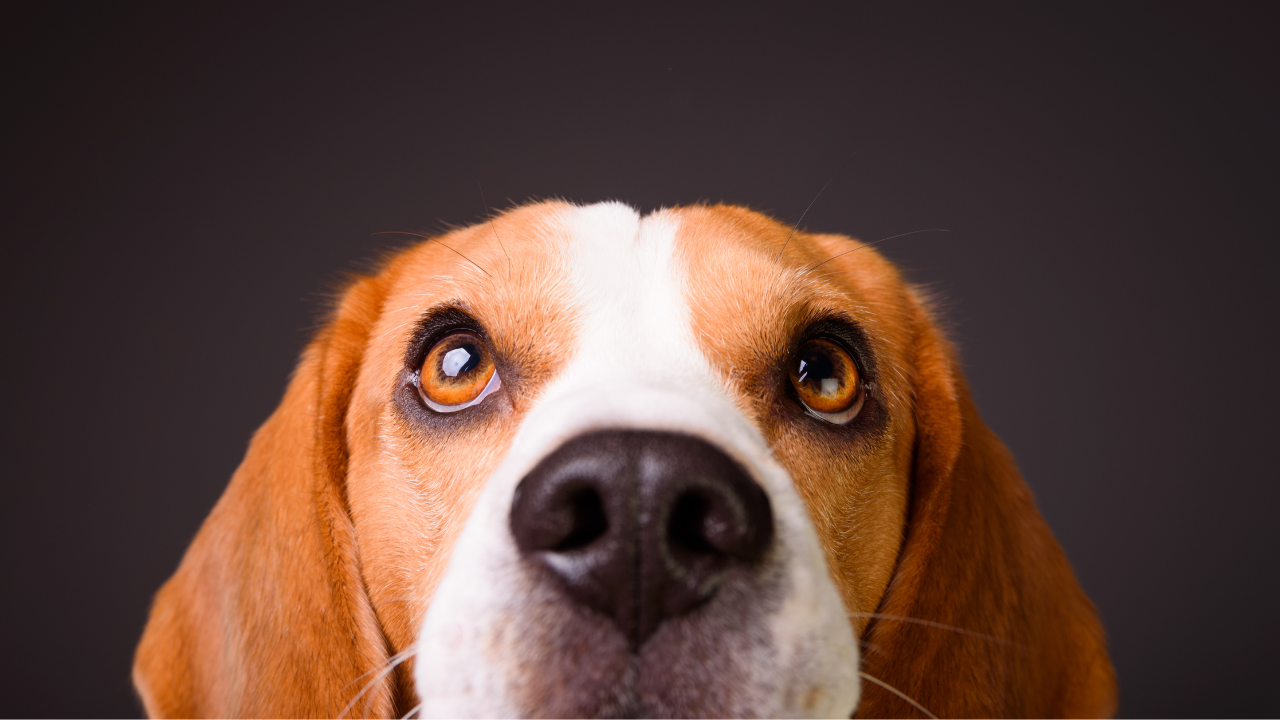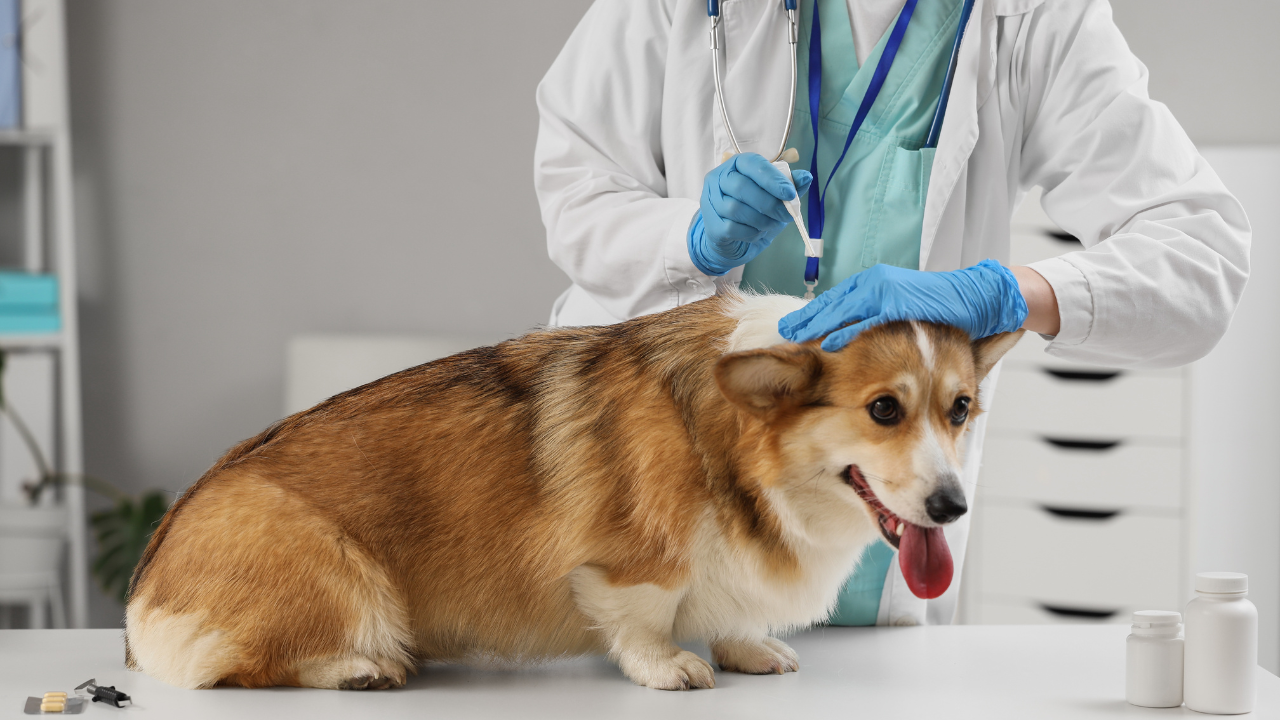How to Groom an Aggressive Dog Without Getting Bitten

Grooming an aggressive dog without getting bitten can be daunting, but with the right approach, it’s entirely possible. When doing aggressive dog grooming, it is important to be patient, understand the dog's behaviour, and use effective techniques to manage it. Creating a calm environment, using gradual desensitization, and employing positive reinforcement are essential to safely groom your dog. By taking things slow and being prepared, you can minimize stress and ensure a safe grooming session for you and your dog.
Why Dogs Become Aggressive for Grooming?
Dogs may become aggressive during grooming due to various reasons, often linked to fear, discomfort, or past negative experiences. Grooming involves handling sensitive areas like paws, ears, and face, which can trigger anxiety or pain in some dogs. If a dog hasn't been properly socialized or exposed to grooming from an early age, they may react aggressively to the process.
To prevent aggression, it's essential to understand the different types of dog training that focus on desensitizing dogs to grooming tools and techniques. Dog grooming training teaches how to keep pets calm during brushing, nail trimming, and bathing by using positive reinforcement and gradual exposure. This type of training can help a dog associate grooming with rewards rather than fear.
The key to managing aggressive behaviour is to correctly approach a dog. Take the time to build trust, allowing the dog to become comfortable with grooming activities at its own pace. Professional trainers can offer valuable guidance in helping dogs overcome grooming anxiety, ensuring the process is a positive experience for both the pet and the owner.
The Five Most Common Aggression Types in Dogs

1. Fear Aggression
Fear-based aggression happens when a dog perceives a threat or becomes frightened. It is common for dogs to react aggressively when startled or cornered. Signs of fear aggression include growling, barking, or snapping, often accompanied by signs of anxiety or avoidance.
2. Territorial Aggression
Dogs can become territorial, especially when they feel their space or resources are being threatened. This type of aggression often happens when a dog perceives an intruder near its home, food, or favourite resting spot. It can lead to growling, lunging, or biting to defend the area.
3. Possessive Aggression
An animal's possessive behaviour is an indication of its attachment to its food, toys, or owner. Dogs with this type of aggression may display growling, snapping, or even biting if someone approaches their belongings. This behaviour is often seen in resource-guarding situations and can escalate if not addressed.
4. Redirected Aggression
Redirected aggression happens when a dog becomes frustrated or agitated by one stimulus, and then directs its aggression toward something or someone else. For example, if a dog is on a leash and sees another dog, it may lash out at its owner or nearby objects, even if they aren't the cause of the frustration.
5. Social Aggression
Social aggression occurs when dogs display aggression toward other dogs or people. This type of aggression is often driven by dominance, fear, or anxiety in social situations. It can manifest in growling, snapping, or even fighting with other dogs, especially in unfamiliar or crowded environments.
Key Steps for Successfully Grooming Aggressive Dogs Without Getting Bitten

Build Trust Gradually
Before starting any grooming session, focus on building trust with your dog. Spend time with your dog, offering calm interactions and rewards. This helps reduce fear and anxiety, creating a positive association with being handled. Trust is key to avoiding aggression during grooming.
Desensitize Your Dog to Grooming Tools
Introduce grooming tools slowly. Let your dog sniff and explore the tools without using them. Over time, gradually increase their exposure to the tools while rewarding calm behaviour. This gradual desensitization helps your dog feel more comfortable and less likely to react aggressively. Training a reactive dog to ensure a more relaxed grooming experience is important.
Create a Calm and Safe Environment
Select a peaceful area with few distractions to groom your dog. A calm atmosphere helps keep your dog at ease. Stay clear of sudden sounds or movements that could startle your dog. This creates a safe, stress-free area where your dog can feel more at ease during the grooming process.
Start with Short Sessions
Begin aggressive dog grooming with brief, easy-to-handle sessions. Focus on one task at a time, like brushing or trimming nails. As your dog becomes more familiar with grooming, extend the duration of each session. Short sessions prevent overwhelming your dog and reduce the chance of aggression.
Use Gentle Restraint Techniques
Use gentle restraint methods to maintain control during grooming. Secure your dog in a comfortable position with a safe dog harness. Ensure that restraint does not cause additional stress or discomfort, as this could trigger aggression. Always aim for a balance between control and comfort. More restraint causes increased anxiety and stress for the dog. Try using less restraint, such as a soft Elizabethan collar. This helps reduce the dog’s ability to see the grooming tools, which can be intimidating and also protects the groomer from potential bites.
Stay Calm and Confident
Dogs can sense your emotions. If you remain calm and confident, your dog is more likely to stay relaxed. Speak to your dog in a soothing voice and maintain a steady pace. Anxiety or hesitation on your part can increase your dog’s stress, making aggression more likely.
Reward Calm Behaviour
During the grooming session, immediately reward your dog for calm behaviour. Use treats, praise, or petting to reinforce positive actions. This encourages your dog to stay relaxed and understand that grooming leads to good things. Rewarding good behaviour is a key strategy for modifying undesirable actions.
Master Aggressive Dog Grooming with Confidence Through Expert Courses
Handling aggressive dogs during grooming can be challenging, but with the right training, you can confidently approach these situations. PDGA offers specialized courses designed to help you master the techniques needed for grooming aggressive dogs effectively.
The Dog Groomer Assistant Course
Dog grooming training for beginners is ideal for those just starting. It teaches foundational skills in dog grooming, focusing on understanding dog behaviour, body language, and techniques to handle pets with care. You'll learn to approach aggressive dogs gently and effectively, minimizing stress during grooming sessions.
The Intermediate Dog Grooming Course
Assistant grooming training for Dogs is for those who want to advance their grooming skills, this course provides hands-on experience in assisting professional groomers. You'll learn how to safely restrain and calm aggressive dogs, as well as how to use grooming tools properly to prevent anxiety or aggression.
The Professional/Advanced Grooming Course
Professional grooming training for dogs is designed for aspiring professional groomers. It covers advanced techniques for managing aggressive dogs, including strategies for desensitizing them to grooming tools, creating a calming environment, and preventing bites or stress reactions.
Conclusion
Grooming aggressive dogs without getting bitten requires patience, trust, and the right approach. By building a relationship with your dog, introducing grooming tools gradually, and creating a calm environment, you can significantly reduce stress and aggression. Additionally, using gentle restraint techniques and rewarding calm behaviour encourages positive associations with grooming. Over time, with consistent efforts, your dog will become more comfortable and cooperative. Remember, the key is to remain calm and patient throughout the process for a safer and more successful grooming experience. You can also explore mini-courses to improve your grooming skills.



